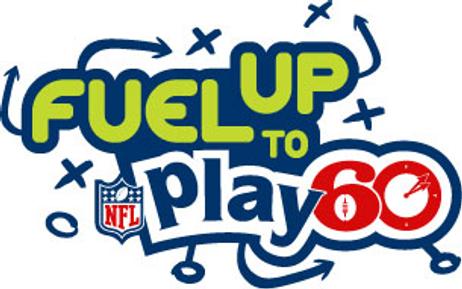In the back-to-school bustle of filling backpacks and shopping for new school clothes, parents often forget about one of the most important components of back-to-school preparations – updating children’s vaccine records. However, rising cases of pertussis in some areas of the U.S. is a painful reminder of why vaccinations are so important in preventing potentially deadly outbreaks among school-age children. Learn about the latest on vaccine protocol for students and why those shots are so essential for the health of the child and the entire student population.
Why Kids aren’t Vaccinated
Despite rules by school districts to bring immunizations up to date before students can be registered for the fall semester, some students enter school without ever getting a shot. Parents can opt-out of immunizations for their children for religious or medical reasons. According to a report at San Francisco Gate, the number of parents making that choice could be on the rise – at least in some areas of the country.
For example, the number of students entering school without proper vaccinations has increased slightly in North Dakota, although the total number is still quite small. During the 2008-2009 school year, the number of students without vaccinations was just 1.2 percent in public schools and 3.1 percent in private schools. By the 2011-2012 school year, that number had risen to 1.6 percent in public schools and 4.5 percent in private schools.
The Berkeley Patch explains that a higher rate of unvaccinated children


















